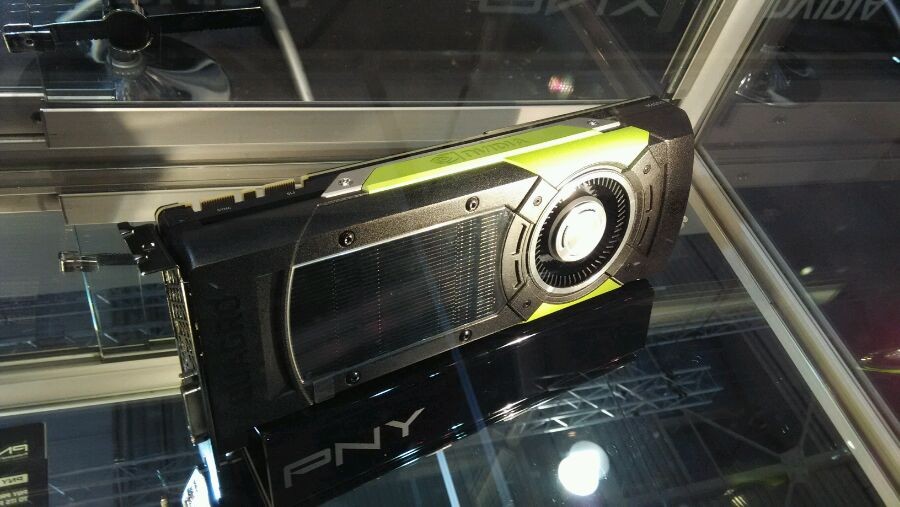

M6000 clocks its memory at 6.6GHz, which is good for 317GB/sec of memory bandwidth. Paired with the GM200 is 12GB of GDDR5 memory, which is as much as the K6000 and still the most one can pack on a memory bus of this size. As with GeForce and Tesla cards, GPU Boost allows NVIDIA to raise their shipping clockspeeds for better performance without violating the card’s cooling or power delivery restrictions. The M6000 supports 10 different boost states, the fastest of which is the 1.14GHz state that gives the card its 7 TFLOPS of performance. Meanwhile it’s interesting to note that NVIDIA’s GPU Boost technology has finally come to the Quadro lineup via the M6000. Coupled with the card is GM200’s double-sized ROP clusters, giving M6000 96 ROPs and better than 2x the pixel throughput of the outgoing K6000.

All 3072 CUDA cores are enabled, and with a maximum clockspeed of 1.14GHz the card is capable of pushing 7 TFLOPs of single precision performance. So just what is Quadro M6000? Packing a fully enabled GPU, this is GM200 at its best.
#Quadro m6000 professional#
The end result being that professional users are getting much earlier access to NVIDIA’s best hardware. Quadro cards usually launch months down the line, not days. What makes this launch interesting is that NVIDIA has never launched a flagship Quadro card so close to a flagship GeForce card in this manner. Like Titan, 6000 is NVIDIA’s flagship Quadro card and today’s launch sees the new GM200 based Quadro M6000 take its place at the top of the Quadro graphics stack. Now just 2 days later the company is back again with GM200 and is set to launch it in their new professional graphics counterpart, the Quadro M6000. Earlier this week we took a look at the GeForce GTX Titan X, NVIDIA’s first product to use their new high-end Maxwell GPU, the GM200.


 0 kommentar(er)
0 kommentar(er)
